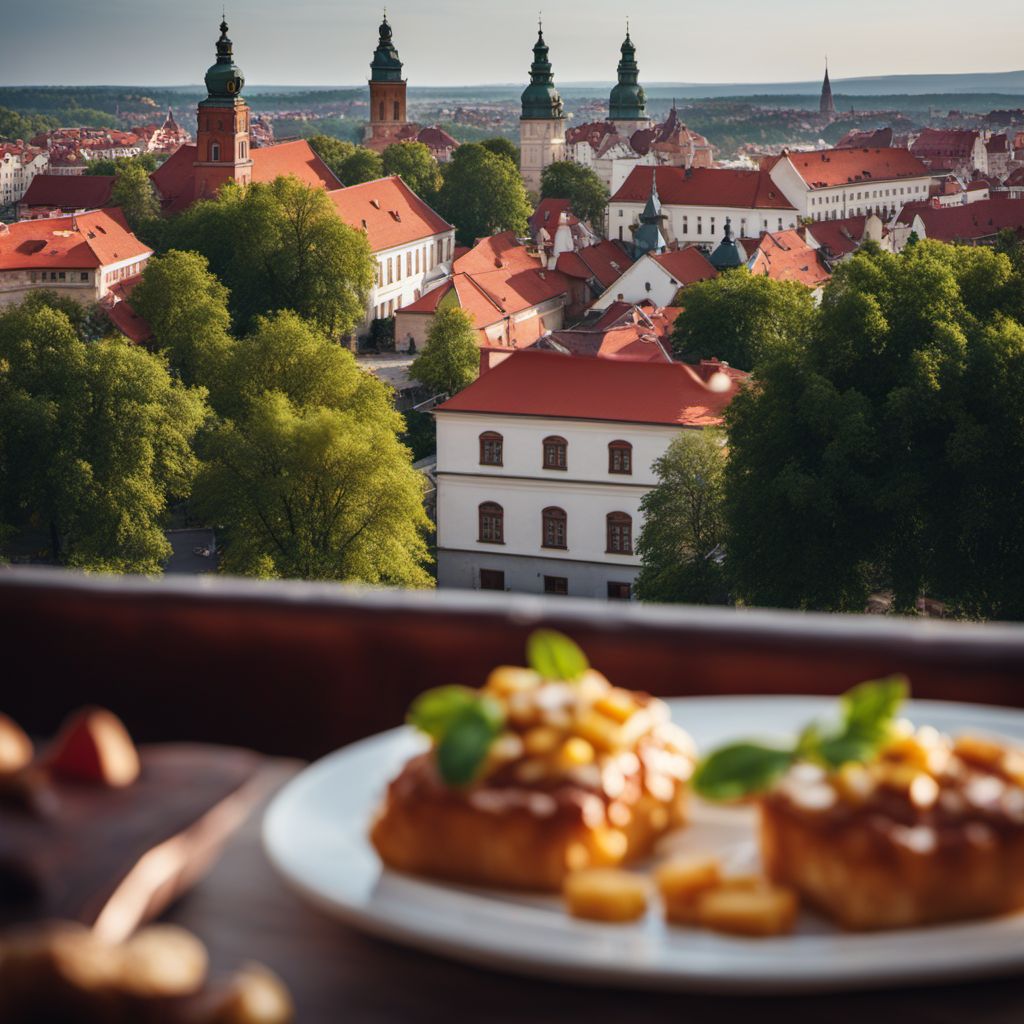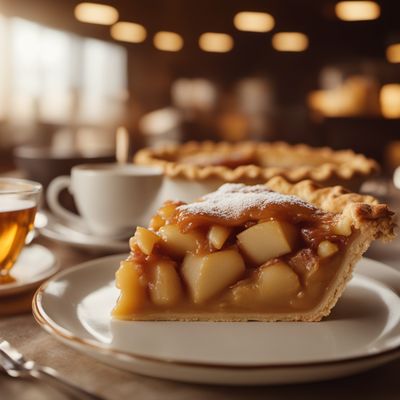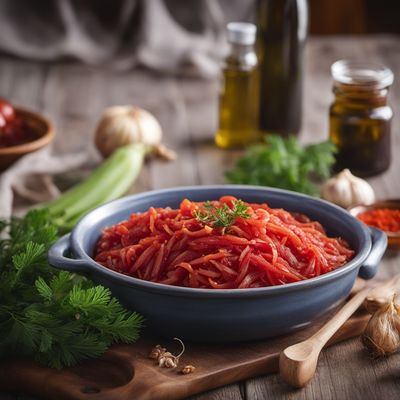
Cuisine
Polish cuisine
Polish cuisine is a reflection of the country's history and geography. It is characterized by its use of simple, hearty ingredients and traditional cooking methods. Meat, potatoes, and cabbage are staples in many dishes, and soups and stews are popular. Polish cuisine has been influenced by neighboring countries such as Germany and Russia, as well as historical events like World War II and the communist era. Despite these influences, Polish cuisine has maintained its unique identity and is beloved by many.
Typical ingredients
Potatoes, Cabbage, Beets, Carrots, Onions, Garlic, Pork, Beef, Chicken, Kielbasa, Sauerkraut, Mushrooms, Dill
Presentation and garnishing
Polish dishes are often served in large portions and are meant to be filling and satisfying. They are often garnished with fresh herbs like dill and parsley, and sour cream is a common topping. Presentation is not as important as flavor and comfort.
Pierogi, a type of dumpling, are a beloved Polish dish and can be filled with a variety of ingredients such as potato and cheese, sauerkraut and mushroom, or meat. Another popular dish is bigos, a stew made with sauerkraut, meat, and vegetables. Polish cuisine also includes a variety of soups, such as barszcz (beet soup) and zurek (sour rye soup).
More cuisines from this region...
History
Polish cuisine has a long and rich history, dating back to the Middle Ages. It has been shaped by the country's geography, with its cold climate and fertile soil. The cuisine has also been influenced by Poland's neighbors, including Germany, Russia, and Austria. During World War II and the communist era, food shortages and rationing led to the development of new dishes and creative ways of using available ingredients. Today, Polish cuisine is celebrated for its hearty and comforting dishes, as well as its rich history and cultural significance.
Cultural significance
Polish cuisine is an important part of the country's cultural heritage. Many traditional dishes are associated with holidays and special occasions, and are passed down through generations. Food is also an important part of social gatherings and family life. Polish cuisine has also gained popularity around the world, with Polish restaurants and food festivals popping up in many countries.
Health benefits and considerations
Polish cuisine can be high in calories and fat, so it is important to enjoy it in moderation. However, many traditional dishes are also rich in nutrients like protein, fiber, and vitamins. Cabbage, for example, is a good source of vitamin C and fiber. Polish cuisine also emphasizes the use of fresh, whole ingredients.
Polish cuisine dishes Browse all »

Rogal świętomarciński
Rogal świętomarciński is a traditional Polish pastry that is often served during the holiday season. It is a sweet, flaky pastry that is filled with a mixture of nuts, raisins, and jam.

Tartra
Tart
Tartra is a traditional Italian dessert that is typically made with ricotta cheese and sugar. This creamy and sweet dessert is perfect for those who love a simple and...

Babka ziemniaczana
Potato Casserole
Babka ziemniaczana is a Polish dish that translates to "potato cake". It is a savory dish that is perfect for breakfast, lunch, or dinner.

Zrazy
Zrazy are a popular Polish dish made from stuffed and braised beef rolls. They are usually served with boiled potatoes and a side salad.

Rosół z kury
Rosół with chicken
Rosół z kury is a traditional Polish chicken soup made with vegetables and herbs. It is a comforting and nourishing dish that is perfect for cold days or when you are feeling...

Jelito
Jelito is a traditional Czech dish made from pork blood and a variety of spices.

Szarlotka (Pie)
Apple Pie
Szarlotka is a traditional Polish apple pie that is made with apples, cinnamon, and sugar. It is a sweet and spicy pie that is perfect for any occasion.

Zupa rybna
Fish Soup
Zupa rybna is a traditional Polish fish soup that is hearty and flavorful. It is made with a variety of freshwater fish and vegetables.
Polish cuisine recipes Browse all »

Hearty Vegetable Soup
Garden Delight: A Wholesome Polish Vegetable Soup

Roasted Veal with Herbs and Garlic
Herb-Infused Roasted Veal: A Polish Delight

Homestyle Kielbasa with Caramelized Onions and Sauerkraut
Savory Polish Delight: Homestyle Kielbasa with Caramelized Onions and Sauerkraut

Jelito with Mushroom Stuffing
Savory Polish Delight: Jelito with Mushroom Stuffing

Proziaki with a Twist
Savory Polish Pancakes: A Modern Twist on Proziaki

Tartra with a Twist
Savory Delight: A Modern Twist on Traditional Tartra

Polish-style Saveloy with Kapusta
Kapusta-infused Saveloy: A Polish Twist on a British Classic

Creamy Tomato Soup
Velvety Polish Tomato Delight

Chicken Breast Cutlet with Herbs
Herb-Infused Chicken Cutlet Delight

Róża karnawałowa - Polish Carnival Rose Pastries
Floral Delights: Polish Carnival Rose Pastries

Polish-Style Breaded Pork Cutlets
Crispy Delights: Polish-Inspired Breaded Pork Cutlets

Torcik Wedlowski - Polish Chocolate Wafer Cake
Decadent Layers of Chocolate: Torcik Wedlowski Recipe